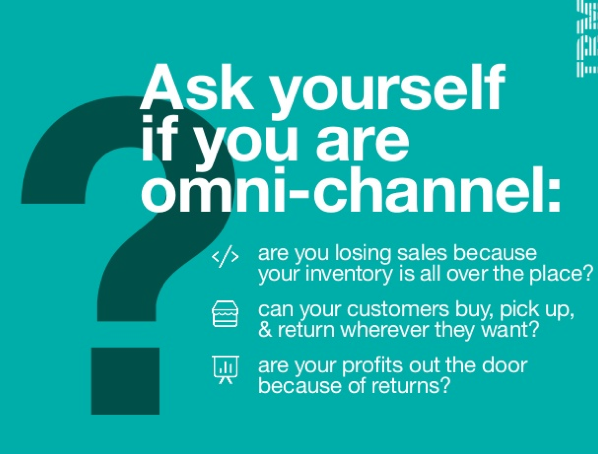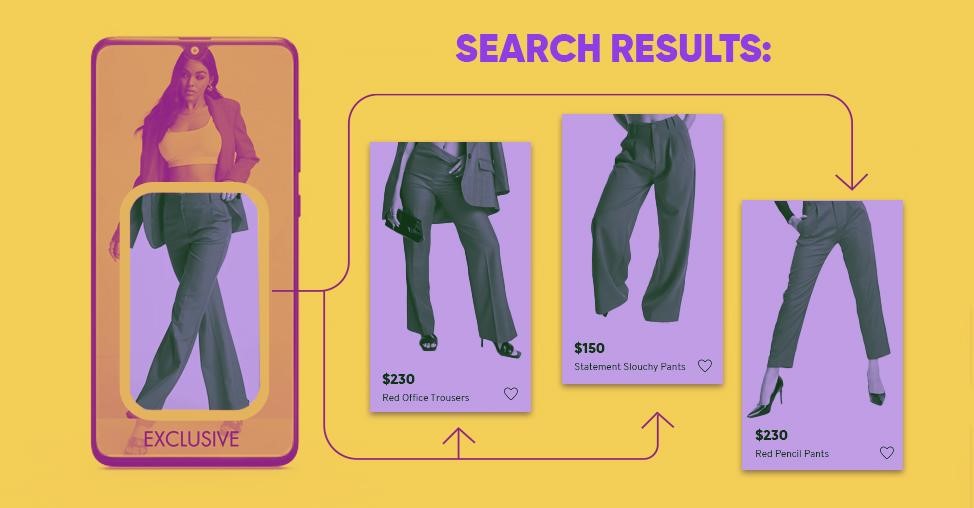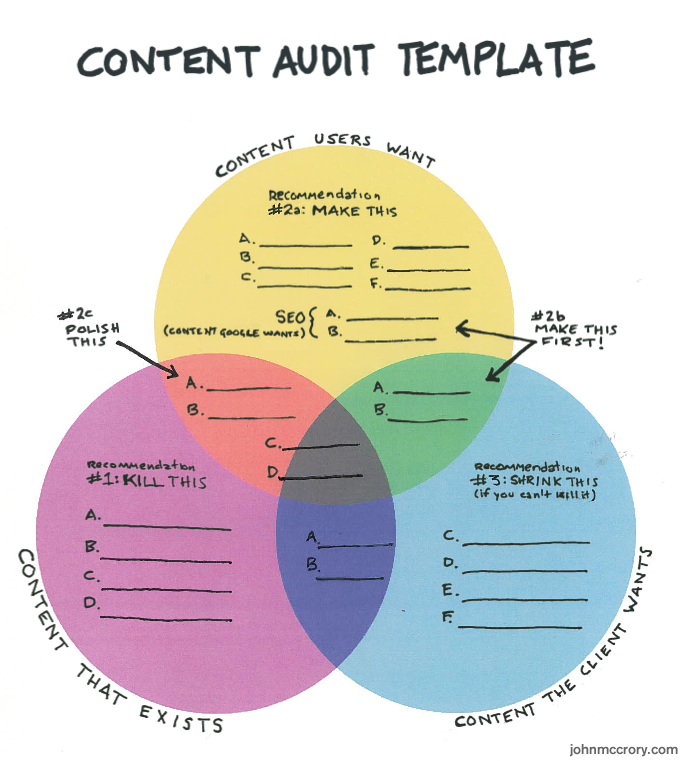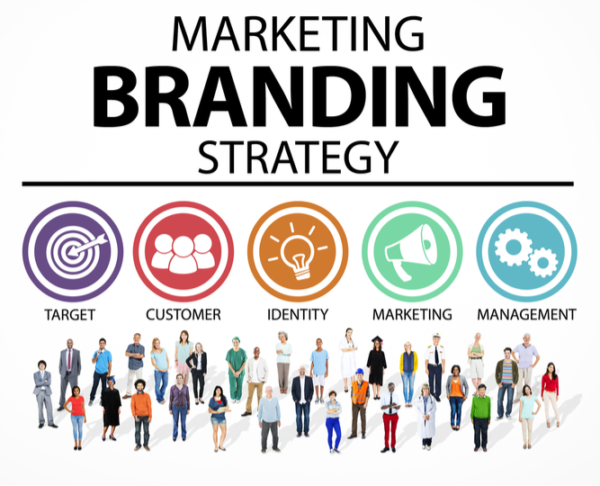Business is booming. The progressive development of technology has put scores of potential customers directly within our reach, making customer experience a critical factor in staying competitive.
On the other hand, the number of players in the market has also increased steadily.
So, has the market saturated? Is investing in marketing a dead end? Is there nothing beyond product differentiation that you can use to stand out from your competitors?
Don’t worry, if marketing dilemmas are keeping you up at night, we have the perfect solution: the transformative role of CX (Customer Experience).
CX refers to customer experience. It is changing the way we imagine marketing. CX takes a holistic approach towards a customer’s buying journey.
CX aims to solve the problems of acquisition, retention and advocacy with the same process. Thus, investment in CX is fast becoming extremely important.
Want to transform your enterprise with a CX strategy?
Discover how you can transform your marketing strategy below!
What Exactly is CX (Customer Experience)?
If you’re at all associated with marketing, you must have heard of the phrase traditional funnel marketing.
Well, CX is the next iteration of funnel marketing. It takes a holistic, end-to-end approach to marketing rather than measuring customer satisfaction at specific touch points.
Often, hot leads go cold before they become actual customers. Conversely, companies fail to convert customers into advocates because of a lacking customer service experience.
From a CX perspective, high churn rates are as bad as flawed acquisition strategies. Both result in lost revenue and a lower marketing ROI.
Thus, instead of just asking a user about their customer service experience or delivery experience, CX also takes into account:
- The ease with which they could browse through your website,
- How quickly they could place an order and
- Whether they could seamlessly track it till it reached their doorstep.

Thus, we see how Customer Experience is a complete reconceptualization of funnel marketing. It also requires the company to invest in technology that can accurately capture and measure customer experience at every stage of their buying journey.
To recap, Customer Experience is a revamped marketing strategy that:
- Moves beyond funnel marketing,
- Prioritizes Customer Journey rather than specific touch-points,
- Focuses on the holistic experience of the customer,
- Defines business engagement with customers at every point in their buying journey,
- Defines and measures key customer-centric KPIs, including churn rate and CLV.
According to an Emplifi study, 61% of customers surveyed were willing to pay 5% more if they were sure to receive a good customer experience. T
This underscores the importance of CX: it literally translates customer experience into increased revenue.
Benefits of a CX Strategy
Before we examine the ways you can create and execute a CX strategy, let’s understand what specific benefits it can bring to your enterprise:
1. Enhance Retention
A CX strategy begins way before a customer purchases your product. It starts with:
- The form you use to pitch your products,
- The options you provide during the buying process and
- The support you offer after they have purchased your product.
According to Calabrio, 60% of customers have switched brands due to a negative contact center experience. So, if your company focuses on sharpening its CX tactics, it can avoid losing this revenue and increasing the churn rate.
Thus, a good CX strategy can help you increase your revenue in two ways. First, it helps you acquire most customers. Second, it helps you retain existing customers so that you can keep growing steadily.
2. Creates Advocates and Awareness
Advocacy follows retention. A repeat customer must believe in your brand, or else they would have switched to another. And after a number of repeat purchases, they are bound to become the advocates of your brand.
However, a CX strategy doesn’t leave anything to chance. It deploys curating loyalty programs, hyper-personalized suggestions and relationship-building efforts to ensure that the retained customer turns into an advocate.

Thus, a CX strategy creates brand advocates by converting retained customers into advocates. These brand advocates organically increase brand awareness in the market.
Apple is a great example of an enterprise that follows a CX strategy. From its Operation System to the Apple Genius Program to the trade-up options, it covers the entire spectrum of buying journeys.
3. Building Relationships, Driving Sales
81% of customers surveyed in a study said that a positive customer experience increases the chances of them making another purchase. So, an investment in CX is a direct investment in your customer and business.
A good customer experience follows an end-to-end pattern. It begins by showing the customer what they didn’t know they needed. Thus, it tells the customer that your company is proactive in helping them: it anticipates their needs.
And the CX journey doesn’t stop there: it shifts and flows depending on the position of the customer in their buying journey. So:
- After a customer has placed their order, they are constantly informed of its progress.
- After they have received it, they are asked if they had any problems receiving it.
- After they have used it for a while, they are asked if they are satisfied with the purchase and would like to review it.
- After they have reviewed it, they are informed if other customers find their reviews useful.
Thus, a CX approach ensures that the customer isn’t reduced to a single buying decision. Rather, they are viewed as essential to sustainable growth, which directly and indirectly impacts the company’s sales.
4. Encourages Cross-Functional Collaboration
One reason marketing often disappoints in generating revenue is that the sales department does not pursue the leads generated within the right time frame.
However, the opposite could also be true: marketing generates leads that are unsuitable for the sales approach.
Thus, what we see here is a lack of interdepartmental collaboration. And this situation can persist even when a company deploys full-funnel marketing. This is because a full-funnel approach views marketing and sales as different functionalities to be mastered.
Conversely, CX views marketing and sales as two different functions in the same process. Thus, it requires closer collaboration between the marketing strategy and the sales approach.
So, CX has value and benefits for all the stakeholders associated with business processes: it generates:
- Value and satisfaction for customers,
- Collaboration between different departments,
- Operational efficiency for the executives and decision-makers,
- Revenue for the organization.
How to Craft Your CX Strategy: The Building Blocks
Crafting a CX strategy requires you to take a step back. While it needs investment and commitment, it involves more than just throwing money at the problem. A good CX strategy helps you change your mindset when it comes to marketing.
Here are some elements on which you can build your CX strategy:
1. Omnichannel Support
As we have seen, customer support is essential. More than 60% of customers cited the lack of good customer service as their reason for abandoning a company.
Moreover, in the era of the social network, you must go to where your customers are. Often, we see customers raising their complaints via X (formerly Twitter) and tagging different companies to get their attention.
So, if someone tags your company, you must ensure that you have a strategy in place to answer their questions.
Thus, an omnichannel approach is essential to a good CX strategy.

2. Personalization at Scale
Personalization is another element that is essential to a CX strategy. More and more customers are demanding personalized experiences from companies.
So, those companies that can’t personalize are bound to lose their customers and slowly fade away. Personalization is both a cause and an effect of a good CX strategy.
It has three main components:
- Suggesting to users the products they might like based on their buying records,
- Studying their browsing history to understand their buying journey,
- Creating a customer profile to curate accurate suggestions based on the preferences of other similar customers (commonly viewed as “Customers who bought this product also bought…).
This requires you to invest in automation and sharpen the process of suggesting products to your customers.
Thus, personalization at scale prompts you to take a proactive approach to studying and imagining the customers’ journey.
3. Journey Optimization
This brings us to another crucial element in Customer Experience: Journey Optimization. Journey optimization is the main distinguishing feature that separates funnel marketing from a CX strategy.
Funnel marketing takes a segmented approach to buying journeys. Its aim is to create repeated iterations from knowledge to intent to sell. According to this logic:
- A customer is turned into a repeat customer.
- A repeat customer becomes a loyal customer.
- And a loyal customer is primed to become an advocate.
A CX strategy coopts this approach but also moves beyond it. According to this logic, a customer who has been buying Adidas products for the past five years but has suddenly switched to Nike has the potential to become an advocate right away.
The trigger might vary: maybe their favorite team or athlete recently changed sponsorship, or perhaps the former brand is being targeted by a boycott.
Thus, journey optimization moves beyond linear logic and looks for holistic patterns that might explain a customer’s position in their buying journey.
Whatever the case may be, CX helps you capitalize on the unique journeys of different buyers and buying intents. Thus, a boycott of the opposite brand is met by a more humane message reinforcing your brand’s position. Or a change in allegiance from a team or player is met with offers curated to convert the competitor’s customers.
4. Voice-Assisted Purchasing and Image Search
Adapt or Die is at the heart of a hyper-modern CX approach. Thus, if you’re not automating in the age of AI or providing voice-assisted purchases, you’re playing to lose.
The same is the case with image search and the rise of chatbots.
Thus, CX requires you to invest in your entire sales funnel and process:
- How you allow customers to search for products,
- How fast and easily you assist your customers in solving their queries,
- The different ways in which customers can order products from your website,
- And more!
Thus, CX also requires you to be on your toes in spotting and pivoting to market trends to avoid being crowded out by competitors who offer a better sales experience.

To recall but one example: America has hundreds of mattress stores that sell Tempur-Pedic mattresses. So, what can you do to stand out?
Discounts can easily be matched by other stores. However, one seller has introduced a complimentary AI-assisted mattress sizing service to help customers determine which mattress is right for them. This is an example of anticipating or creating a need within the customers that even they didn’t know existed.
5. Data-Driven Experiences
The last but most important way in which CX can help you generate revenue is through a data-driven approach to understanding customer journeys.
As we have seen, a CX strategy requires collecting and organizing vast amounts of data related to the customer experience and journey of individuals and groups of customers who display similar behavior.
Thus, on the one hand, it requires you to invest in a content and customer relationship platform that can create customer profiles and organize customer data. Through these, you can visualize and understand different journeys.
On the other hand, it requires you to set up key performance indicators that include:
- The Customer Lifetime Value,
- The Churn Rate,
- The Customer Satisfaction Score,
- And more.

Taking a holistic approach, you can analyze the behavior of a customer compared to others in their profile. Thus, you can determine your organization is losing each and every customer.
Repeated iterations of these exercises will generate valuable insights into the general areas that you can work on in order to strengthen your CX.
Thus, the CX approach combines marketing, sales, funnel expansion and capital investment to drive revenue in both the long and the short term.
Enter the Era of CX (Customer Experience) Powered by LeanSummits
We have seen what explains the meteoric rise of CX in the realm of marketing.
Taking an end-to-end approach, it reimagines a customer’s buying journey. It also takes a scenic route to driving revenue by transforming the processes that drive long-term growth.
So, how can you pivot to the CX strategy? What steps do you need to take to transform your marketing efforts into a next-generation marketing strategy?
Here’s where we can help! We can help you re-organize your marketing and sales approach through the CX method.
We provide end-to-end support for CX enhancement, from determining the elements you should include to developing and executing those elements. We provide comprehensive CX strategizing and implementation services.
Our expert development team adopts an industry-specific approach to craft a tailored CX strategy for your organization and users.
Reach out to us for a free consultation regarding your CX strategy or discover how our end-to-end tech-driven marketing services can help you drive your revenue to uncharted heights!
FAQs
- What Does CX (Customer Experience) Refer to?
CX refers to Consumer Experience. It is a reconceptualization of traditional funnel marketing. It focuses on collecting and analyzing consumer experience at each and every point of their buying journey as opposed to specific touch points. CX helps you acquire new customers and gain existing ones.
- How is Customer Experience Different from Funnel Marketing?
There are two main differences between CX and funnel marketing. First, funnel marketing imagines a linear buyer journey: it begins with the customer gathering information and ends with a purchase. CX, on the other hand, understands that every customer may have a different buyer persona and journey. Second, as opposed to funnel marketing, CX focuses on gathering information about the user at every stage of the buying process, including post-purchase engagement.
- What are the elements of CX?
A CX Strategy consists of three main elements: first, infrastructure designed to gather information about buyer experience; second, journey optimization depending on buyer persona and personal preferences; and third, cross-functional collaboration to ensure that different departments work together to engage with customers and retain them as advocates.
- How Can Lean Summits Help Me Create a CX Strategy?
At Lean Summits, we can help you craft a tailored CX strategy depending on your enterprise’s requirements and organizational objectives. We provide end-to-end CX strategy support, from suggesting infrastructural investments best-suited to your enterprise to helping you develop cutting-edge CX solutions so that your marketing efforts can yield maximum revenue.



